
Graphic of the North-South high-speed railway project through Binh Dinh province. Photo: AI
Big advantage but full of challenges
The high-speed railway line includes 23 passenger stations and 5 freight stations. Of which, Binh Dinh province is expected to have 2 stations in Bong Son (Hoai Nhon town) and Dieu Tri (Tuy Phuoc district) - a rare advantage compared to many localities, opening up opportunities to strongly promote the development of transport infrastructure, logistics, urban areas and tourism when the project comes into operation.
However, after reviewing, Binh Dinh province discovered that the planned location of Dieu Tri station is at risk of overlapping with the existing North-South expressway through Phuoc An commune (Tuy Phuoc district). The section from Hoai Son commune to Hoai Hao ward (Hoai Nhon town) was also determined to affect existing residential areas, resettlement areas that have been put into use and some historical sites such as Nga Ba Dinh, the 1961 raid on the headquarters of the Republic of Vietnam government.
In addition, the implementation of the project in the context of Binh Dinh and Gia Lai about to "join the same house" to form the new Gia Lai province also poses many challenges, especially in terms of planning. Because when the administrative boundaries change, the entire planning system for regional, urban, industrial and transport space development of the two localities must be adjusted and renewed to avoid becoming outdated. If the planning is not adjusted in time, the project may affect the progress, scale and implementation costs.
Site clearance is one of the major challenges of the project, as the entire route affects more than 120,000 people who must be resettled.
In Binh Dinh, many areas have high population density, the relocation is expected to be complicated, easily leading to complaints if there is a lack of reasonable support and compensation plans.
Don't let railways disrupt regional planning
After the merger, the new Gia Lai will be a province with a particularly important position on the North-South axis and the East-West corridor, a land that has all the conditions to become a connecting center between the Central Coast and the Central Highlands.
The high-speed railway will help increase passenger transport capacity, reduce the load on roads, and create an industrial - service - urban development axis stretching from the coast to the highlands. Real estate along the route and around the stations will become investment attractions, promoting regional economic growth.
However, if not surveyed and evaluated carefully, the construction process can disrupt existing residential areas, encroach on historical relics, and affect people's lives. In the context of provincial mergers, coordination between old and new management units also carries the risk of overlapping, conflicting authority, and affecting project progress.
Binh Dinh has quickly identified the problems and promptly proposed to the Ministry of Construction to remove the overlap between the station location and the North-South Expressway; specifically assess the level of impact of the project on National Historical Relics; propose to the Government to apply special mechanisms and policies as applied to the Eastern North-South Expressway project... to ensure the progress of project implementation.
In addition to proposing solutions to obstacles, Binh Dinh needs to comprehensively review the provincial planning to ensure synchronization with the high-speed railway. Land use and zoning plans where the project passes through must also be updated promptly to avoid overlapping with existing projects, especially in the context of the merger with Gia Lai.
The route should prioritize sparsely populated areas with favorable terrain to reduce land clearance costs and limit impacts on people. Increasing dialogue and receiving people's opinions is necessary to create consensus and avoid complaints.
Laodong.vn
Source: https://laodong.vn/xa-hoi/duong-sat-toc-do-cao-dat-ra-yeu-cau-moi-ve-quy-hoach-1532173.ldo








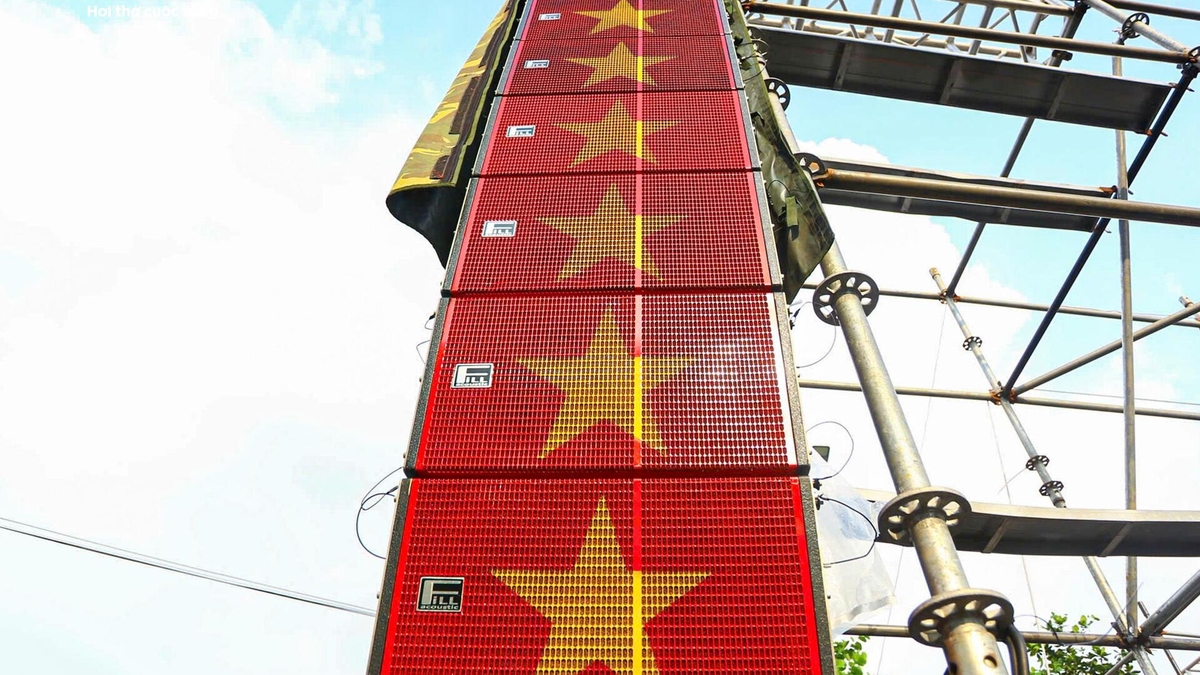
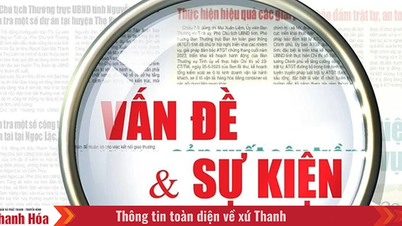

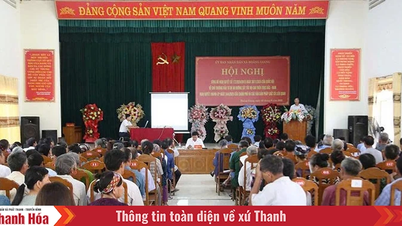


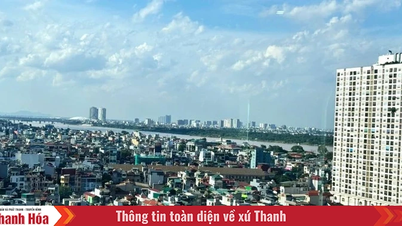


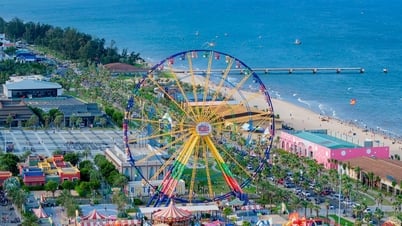














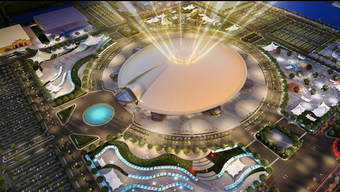









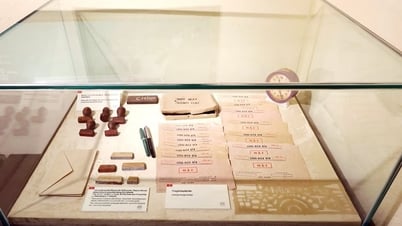





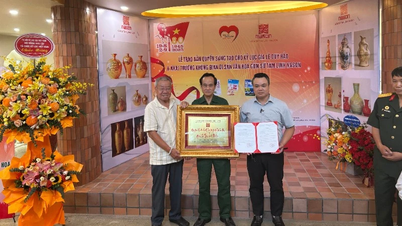
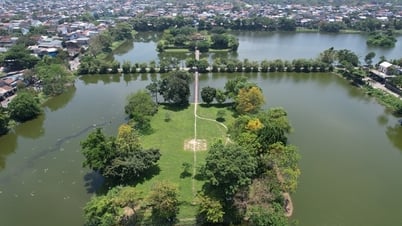












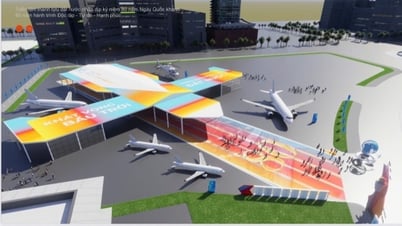












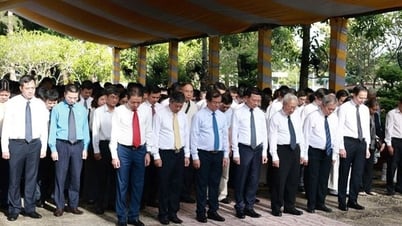










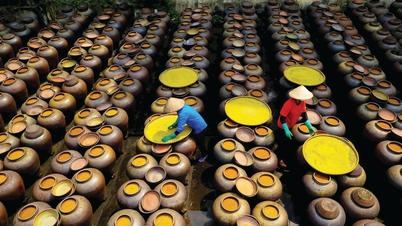


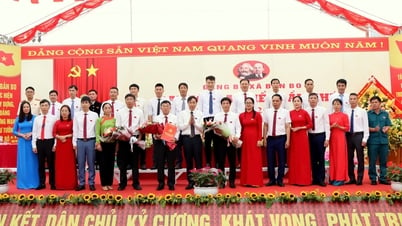

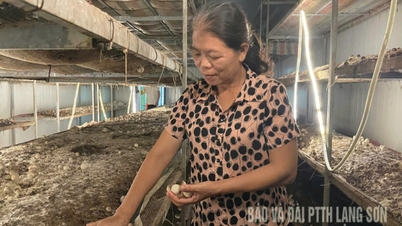

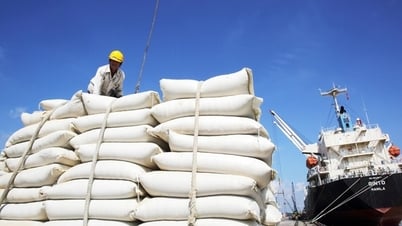







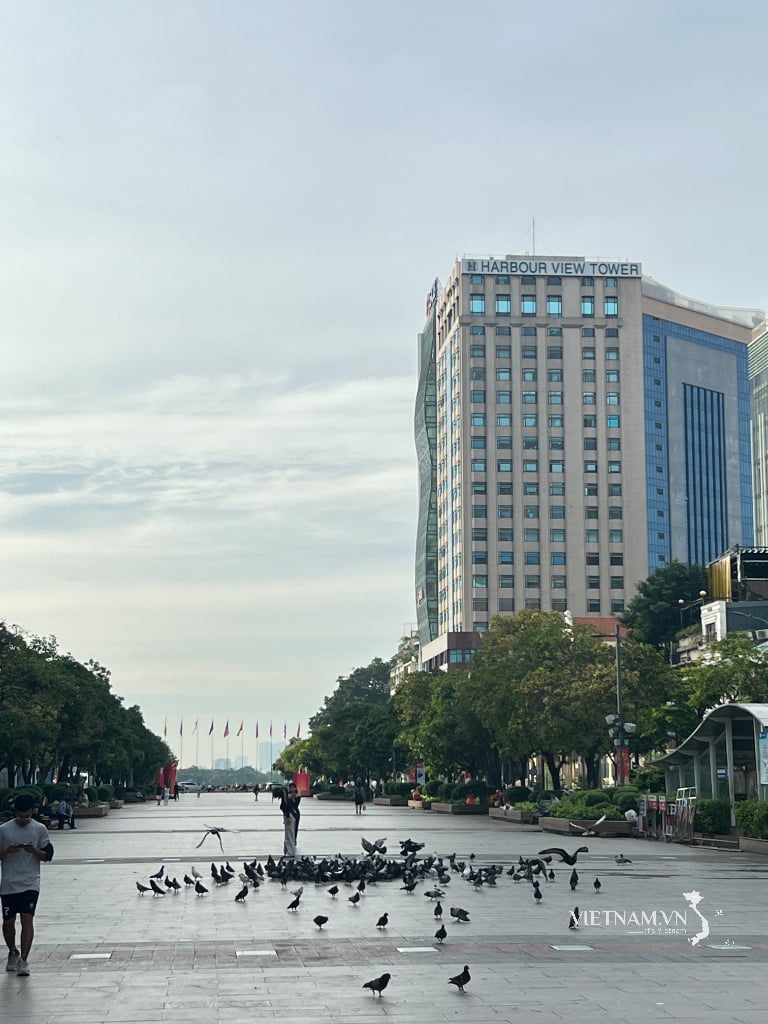



Comment (0)